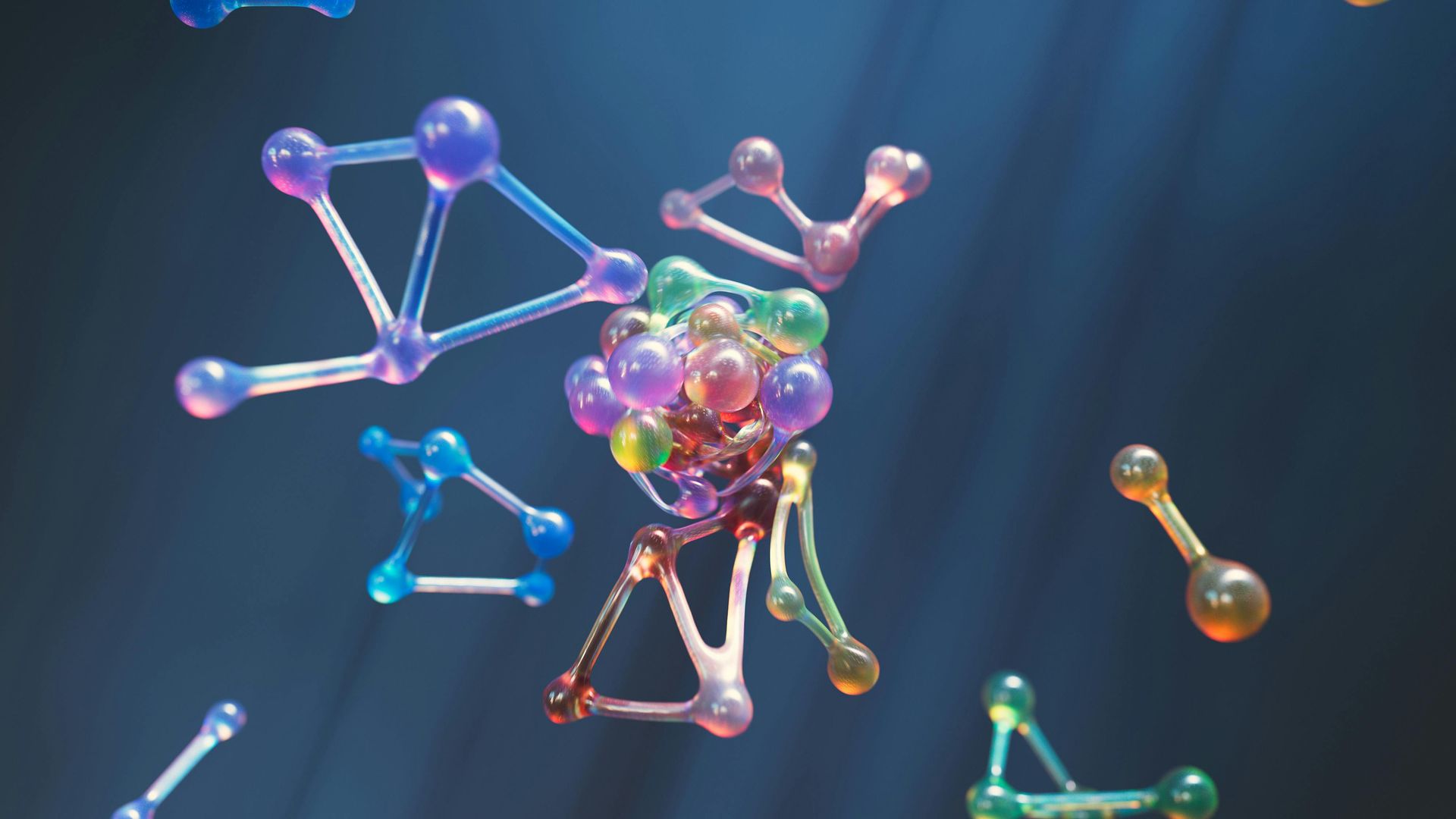Life Cycle Review Shows Shrinking Environmental Footprint of Plastics Production
WASHINGTON, DC (December 7, 2023) – A recent report analyzing data from 2005 to 2017 highlights a significant reduction in greenhouse gas emissions (GHGs) and energy consumption in the production of plastic resins. Despite the growing demand for plastics in automobiles, construction, packaging, and various consumer goods, the plastics manufacturing sector has achieved a notable decrease in its global warming potential. The report, titled “A Decreasing Footprint: A Review of Resin Life Cycle Assessments,” is the second in a series of three assessments and focuses on three thermoplastics (HIPS, GPPS, and ABS) commonly used in automotive, construction, protective packaging, and household products.
Key findings from the report over the past decade include:
- A reduction in the environmental footprint of three common thermoplastics, evidenced by decreased GHGs, energy usage, and global warming potential (GWP). Specifically, GHG emissions dropped by 13% per kilogram of resin produced, equivalent to removing 440,000 cars from the road for one year, which is comparable to all car owners in Delaware not driving for a year.
- Continued decreases in GHGs are anticipated as production increasingly utilizes lower carbon fuel sources, including renewable energy.
- Ongoing reductions in energy use are expected due to improvements in the efficiency of resin production and its precursors. The first report in the series, which examined LDPE, LLDPE, HDPE, and PP, revealed even more promising results, with production increases for these plastics accompanied by significant GHG reductions, comparable to taking 1 million cars off the road for a year.
Ross Eisenberg, president of America’s Plastic Makers®, commented, “Plastics provide a dual benefit as we move toward a lower carbon future. They often have lower lifecycle greenhouse gas emissions compared to many common alternatives."
More in depth report here
Source: American Chemistry







